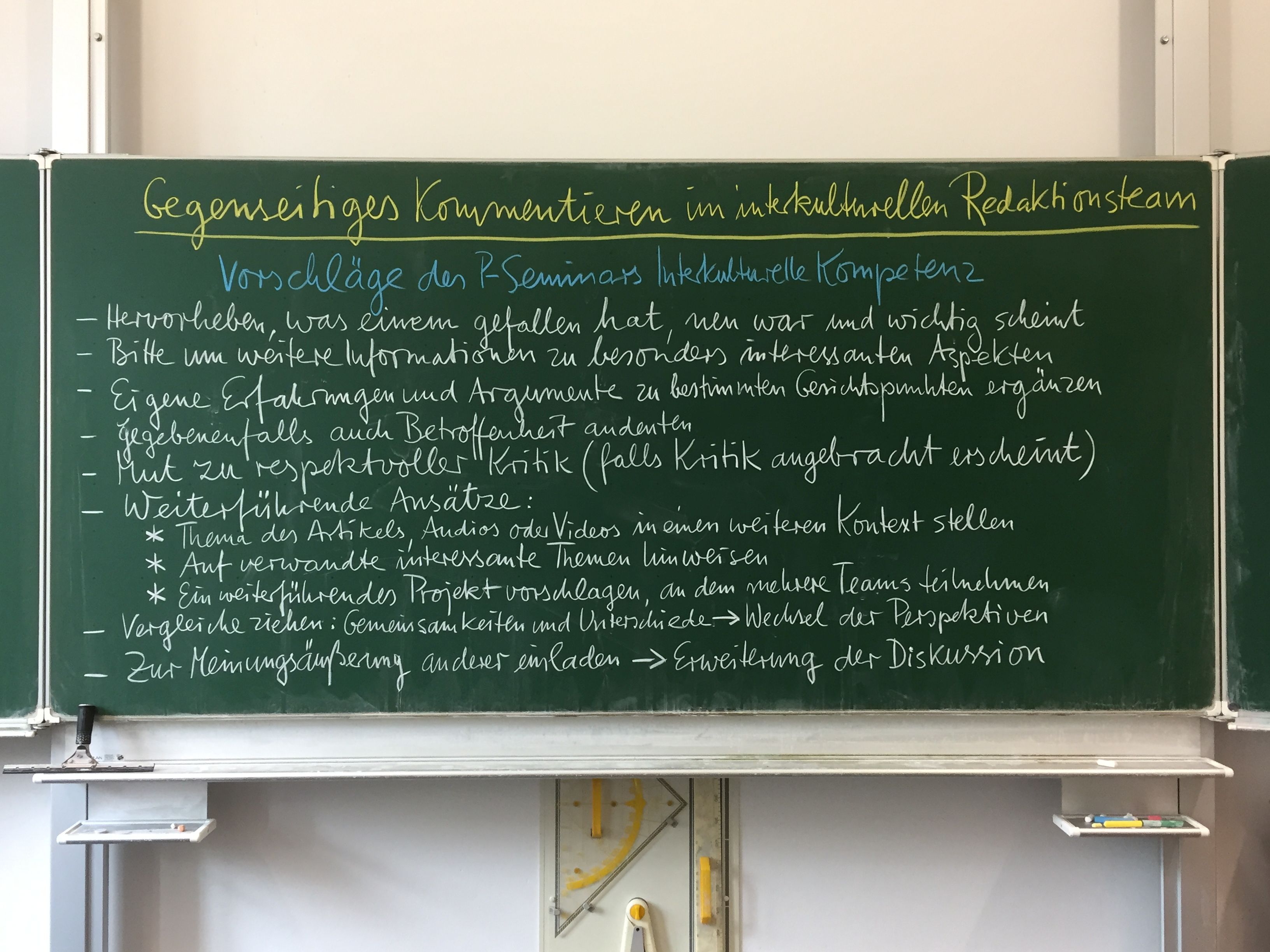Übersicht des Interkulturellen
Youth Politics. A Panel Discussion
The trait d’union file storage
The trait d’union profile in five languages
trait d’union - Idee, Konzeption und Projektstruktur
Projekte: Idee und Konzept; Evaluation, Analyse und Nachhaltigkeit
About Commenting. An Outline of a trait d’union Tutorial
Use “trait d’union” for your educational purposes!
Flucht & Heimat
trait d’union: on two pages / auf zwei Seiten
Wie AfD und Pegida ticken: Musterprojektion statt Mustererkennung
Angekommen – aufgenommen? Zur schulischen Integration von Migrantenkindern
Interkulturelle Integration als Bildungsaufgabe
Wirtschaftskultur bzw. Interkulturalität im Bereich der Ökonomie
Intercultural competence learning: from “trait d’union” through to the Intercultural Driving Licence
What you see is what you are prepared to see.
Intercultipedia: Wiki for Gathering Descriptors of Intercultural Competence (Draft)
Intercultural Competence and its Certification
Die Polyvalenz des „trait d’union“-Projekts als Basis seiner Multikompatibilität und Nachhaltigkeit
Interkulturelles Lernen in Schule und Unterricht
“trait d’union” offers facilities for intercultural communication and its learning.
“Trait d’union – Bindestrich zwischen den Kulturen”, präsentiert in der Zeitschrift BEGEGNUNG (2012)
“trait d’union” - a learning and action platform for intercultural involvement
Migration and Integration
Die internationalen Treffen der “trait d’union”-Redakteure: Schüleraustausch als Projektarbeit
Plädoyer für ein Internationales Zentrum für InterKulturelles Lernen in Colomiers (2002)
“trait d’union” präsentiert zweisprachig den deutschen Schriftsteller Matthias Politycki (2001)
Die “trait d’union” Webseite, ein multimediales Forum des interkulturellen Lernens und Austauschs
Die “trait d’union” Ausgaben von n° 1/2001 bis n° 10/2019
Programmatische Texte über die internationale Schülerzeitung “trait d’union” (2001-2012)
Europäische Projekte zum interkulturellen Lernen (seit 2000)
Dove est Faustina? Ein trilinguales Schüleraustausch-Projekt in Rom (1999)
Interkulturelles Lernen im Schüleraustausch (1997)
Vorschläge zur Didaktik, Methodik und Organisation einer Auslands-Studienfahrt (1992)
Interkultur
About Commenting. An Outline of a trait d’union Tutorial
Munich, 22 September 2017
Published on traitdunion.online by the project manager
A Tutorial for the Intercultural Editors’ Team – Proposals of the Project Seminar Intercultural Competence at the Gisela-Gymnasium München / Germany
The cooperation of young editors within the framework of an intercultural youth magazine like trait d’union is on the one hand broadening the horizon of the participants. On the other hand, however, their communication requires a high sensibility as to the cultural diversity of values and attitudes.
If possible, the partners’ contributions (texts and pictures, audios and videos) should not only be lauded or criticized, because they can be the base for a fruitful exchange of experiences and ideas between the editors and even initiate new contributions, realized in cooperation.
This is why the students of the Project Seminar Intercultural Competence at the Gisela-Gymnasium in Munich reflected about the specific needs in the field of commenting on the partners’ contributions.
Please give us your ideas, your consent or criticism by posting a comment here! So, maybe soon we will be able to set a common tutorial about commenting for our intercultural editors’ team.
You may begin the comment with your first impression: You emphasize the aspects you liked, what was new for you and what you consider as being important. Eventually you express to be touched by the topic and/or (parts of) the contribution itself.
Then you could ask for clarification (in case of need) and for further information about certain aspects of the contribution.
The next step could be adding your own experiences and thoughts as to particular facets of the commented post.
Drawing comparisons is always enriching your horizon, by discovering commonalities, similarities and differences in the fields of experiences and perspectives, attitudes and cultural backgrounds – and discussing about them respectfully with the partners.
You may also express your consent or dissent from the (or some) opinions and conclusions contained in the commented work. Of course, giving reasons is helpful to avoid misunderstandings and – perhaps – even to convince the partner from your point of view. If you think, that criticism is suitable, please level it in a frank, but always respectful way!
The commented posting may inspire another contribution that you produce on your own or in communication/cooperation with the editor who created the inspiring work or with other interested editors.
And now, please, show appreciation for your partners by commenting on their contributions!

